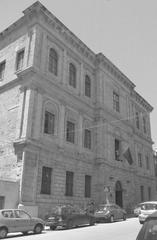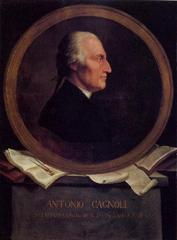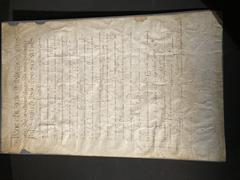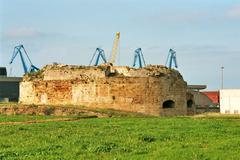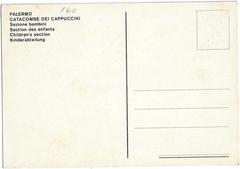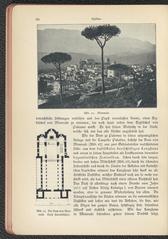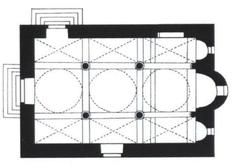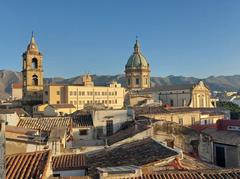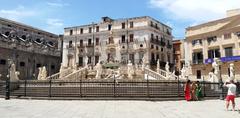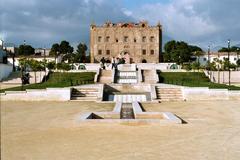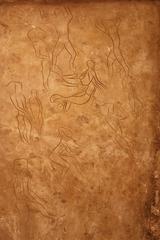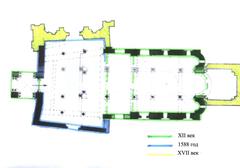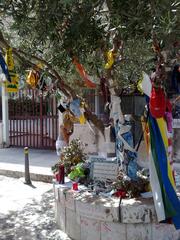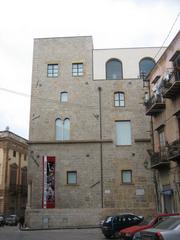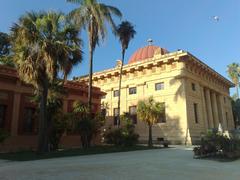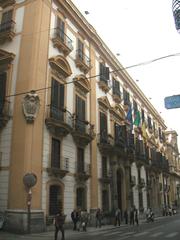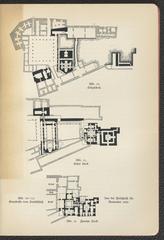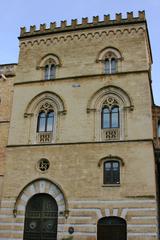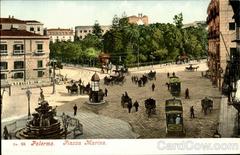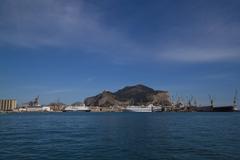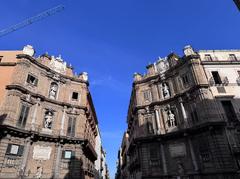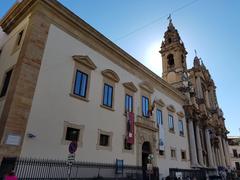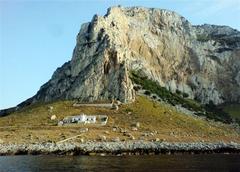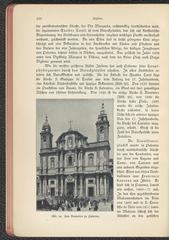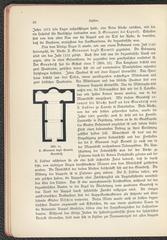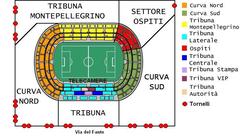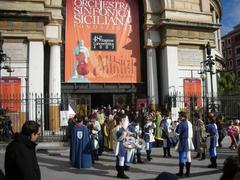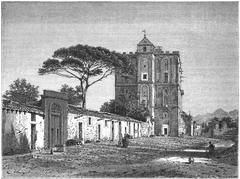Casa del Mutilato Palermo: Visiting Hours, Tickets, and Historical Sites Guide
Date: 14/06/2025
Introduction: Casa del Mutilato’s Historical and Cultural Significance
The Casa del Mutilato in Palermo is a monumental testament to Italy’s twentieth-century history, reflecting the intersection of Fascist architecture, wartime memory, and evolving cultural narratives. Inaugurated in 1936 under Benito Mussolini’s regime, this structure was part of a broader initiative by the Associazione Nazionale fra Mutilati e Invalidi di Guerra (ANMIG) to honor and assist World War I veterans who had suffered physical and psychological trauma (Manifesta 12; Decolonizing Architecture; PalermoViva). Designed by Giuseppe Spatrisano, the building is a prime example of Italian Rationalism, characterized by its geometric rigor, monumental form, and fortress-like presence—embodying the regime’s vision of unity, sacrifice, and power.
Located in Palermo’s San Giuliano neighborhood, the Casa del Mutilato’s imposing architecture and decorative program narrate themes of heroism and state authority while also referencing Italy’s colonial ambitions. The building’s history has evolved: from a Fascist propaganda tool to a “difficult heritage” site, it now hosts cultural events, artistic interventions, and critical discussions that invite reflection on Italy’s complex past (DAAS Academy; roots§routes). Today, it is open to the public during special events and guided tours, offering a unique journey into Palermo’s layered urban and cultural landscape.
Table of Contents
- Overview and Origins
- Fascist Ideology and Architecture
- The Southern Question and Colonial Echoes
- Postwar Legacy and Difficult Heritage
- National Network and Symbolic Design
- Architectural Features: Exterior and Interior
- Artistic Program and Decorative Details
- Visitor Information: Hours, Tickets, Accessibility, and Tips
- Contemporary Reuse and Civic Engagement
- Ethical and Preservation Challenges
- Nearby Attractions and Travel Tips
- Special Events and Guided Tours
- Visitor Experience and Interpretive Resources
- Frequently Asked Questions (FAQ)
- Plan Your Visit and Stay Connected
- Visuals and Media
- References
Overview and Origins
The Casa del Mutilato was built as part of a nationwide network of monuments honoring veterans mutilated during World War I. In Palermo, the building also symbolized the Fascist regime’s efforts to integrate and “modernize” southern Italy—an agenda known as the “Southern Question.” Its role extended beyond practical support: it was intended to communicate the ideology of sacrifice and unity, both through its function and its imposing, rationalist design (ANMIG).
Fascist Ideology and Architecture
The rationalist and monumental style of the Casa del Mutilato reflects the Fascist regime’s ideals: strength, order, discipline, and national renewal. The building’s clean lines, geometric forms, and minimal ornamentation evoke an image of modernity and permanence, while its inscriptions and iconography glorify the regime’s narrative (Decolonizing Architecture).
The Southern Question and Colonial Echoes
Situated in Sicily, the Casa del Mutilato’s monumental presence was intended as both a display of state authority and a response to perceptions of southern Italy’s underdevelopment. Its architectural motifs echo those deployed in Italy’s colonial projects in Africa, reinforcing a militarized and imperial identity (Decolonizing Architecture).
Postwar Legacy and Difficult Heritage
After World War II, the building came to represent Italy’s “difficult heritage,” raising questions about how to address sites tied to authoritarian regimes. Artistic and civic initiatives, such as the “Decolonizing Architecture” project, have reactivated the building as a space for public dialogue and critical engagement (Decolonizing Architecture).
National Network and Symbolic Design
Palermo’s Casa del Mutilato is part of a network of similar structures across Italy, each featuring memorial chapels and ceremonial spaces to foster communal memory among veterans. These buildings share a consistent rationalist architectural language and symbolic program (ANMIG).
Architectural Features: Exterior and Interior
Exterior: Facade and Urban Placement
Located at Via Alessandro Scarlatti 12, Casa del Mutilato dominates a prominent corner in Palermo. Its facade, composed of pale stone and massive pilasters, underscores its dual identity as both sanctuary and fortress (Manifesta 12; RouteYou; Balarm).
Interior: Atrium and Sacred Ambience
Inside, a grand atrium with a central oculus creates a solemn, almost sacred atmosphere. The spatial arrangement leads visitors through a series of ceremonial and functional spaces, many of which retain original furnishings and decorative details (DAAS Academy; PalermoToday).
Artistic Program and Decorative Details
The building is rich in inscriptions, laurel wreaths, and classical motifs that reinforce themes of sacrifice, victory, and national unity. Its sacrario (memorial sanctuary) is both a space for reflection and a powerful symbol of the regime’s attempt to sacralize politics (roots§routes; PalermoViva).
Visitor Information: Hours, Tickets, Accessibility, and Tips
Opening Hours:
Casa del Mutilato is generally open during special events, cultural festivals, and guided tours (e.g., “Le Vie dei Tesori”). Regular visiting hours are limited due to its continued use as an office and judicial building. Always verify current opening times through FAI – Fondo Ambiente Italiano or Palermo Tourism.
Tickets:
Admission is usually free during public events, but some guided tours may require advance booking and a small fee.
Accessibility:
Partial wheelchair access is available, though some historic areas may be challenging. Contact organizers in advance for specific needs.
How to Get There:
Located centrally, the site is accessible by public transport, taxi, or on foot from major Palermo landmarks.
Nearby Attractions:
Teatro Massimo, Palermo Cathedral, Quattro Canti, and local markets (Ballarò, Vucciria) are all within walking distance.
Photography:
Allowed in most areas; always follow signage or guide instructions regarding restrictions.
Contemporary Reuse and Civic Engagement
The Casa del Mutilato has been reactivated as a space for civic dialogue, critical heritage reflection, and artistic experimentation, including the “Difficult Heritage Summer School” and contemporary exhibitions (Decolonizing Architecture; roots§routes).
Ethical and Preservation Challenges
As a site indelibly linked to Fascist ideology, Casa del Mutilato poses ethical questions about preservation, interpretation, and adaptive reuse. Some advocate for retaining historical integrity, while others call for artistic reinterpretation to reflect contemporary values (DAAS Academy; roots§routes).
Nearby Attractions and Travel Tips
Enhance your visit by exploring nearby sites such as the Teatro Massimo, Piazza Politeama, and the bustling food markets. Palermo’s cobblestone streets recommend comfortable shoes, and a camera is ideal for capturing architectural details.
Special Events and Guided Tours
Special guided tours and events are periodically available and offer access to restricted areas and expert commentary. These deepen understanding of the building’s layered history and evolving role in Palermo’s urban life.
Visitor Experience and Interpretive Resources
Interpretive panels, temporary exhibitions, and audio guides (often available via the Audiala app) help visitors navigate the site’s complex past. Engaging with these resources is strongly recommended for a nuanced experience.
Frequently Asked Questions (FAQ)
Q: What are the visiting hours?
A: Generally open during special events and guided tours. Confirm via FAI or Palermo Tourism.
Q: Is admission free?
A: Yes, during public events; some tours may require payment.
Q: Is the site accessible for people with disabilities?
A: Partially; contact organizers for assistance with historic areas.
Q: Are guided tours available?
A: Yes, especially during cultural events; advance booking is advised.
Q: Can I take photographs?
A: Generally allowed; follow any posted restrictions.
Q: What else is nearby?
A: Palermo Cathedral, Teatro Massimo, Quattro Canti, and vibrant markets.
Plan Your Visit and Stay Connected
For the latest on visiting hours, events, and guided tours, check official Palermo tourism channels or download the Audiala app for audio guides and updates. Follow #CasaDelMutilatoPalermo on social media and share your experience. See more on Palermo’s architectural heritage in related articles.
Visuals and Media
For a visual preview, explore high-quality images and virtual tours available through cultural platforms and referenced websites. Alt tags such as “Casa del Mutilato Palermo façade” and “Sacrario interior Casa del Mutilato” aid accessibility and searchability.
Summary: Key Points for Visitors
The Casa del Mutilato in Palermo is a unique intersection of architecture, memory, and ideology—a Rationalist structure born of Fascist ambitions, transformed into a site of reflection and civic engagement. Its monumental design, symbolic inscriptions, and evolving contemporary uses make it an essential stop for any visitor interested in Palermo’s complex heritage. Plan ahead to make the most of your visit, joining guided tours and community events to experience this landmark in its full historical and cultural context.
References
- Decolonizing Architecture
- Manifesta 12
- Balarm
- PalermoViva
- PalermoToday
- ANMIG
- DAAS Academy
- roots§routes
- Palermo Tourism
- RouteYou
- FAI – Fondo Ambiente Italiano
